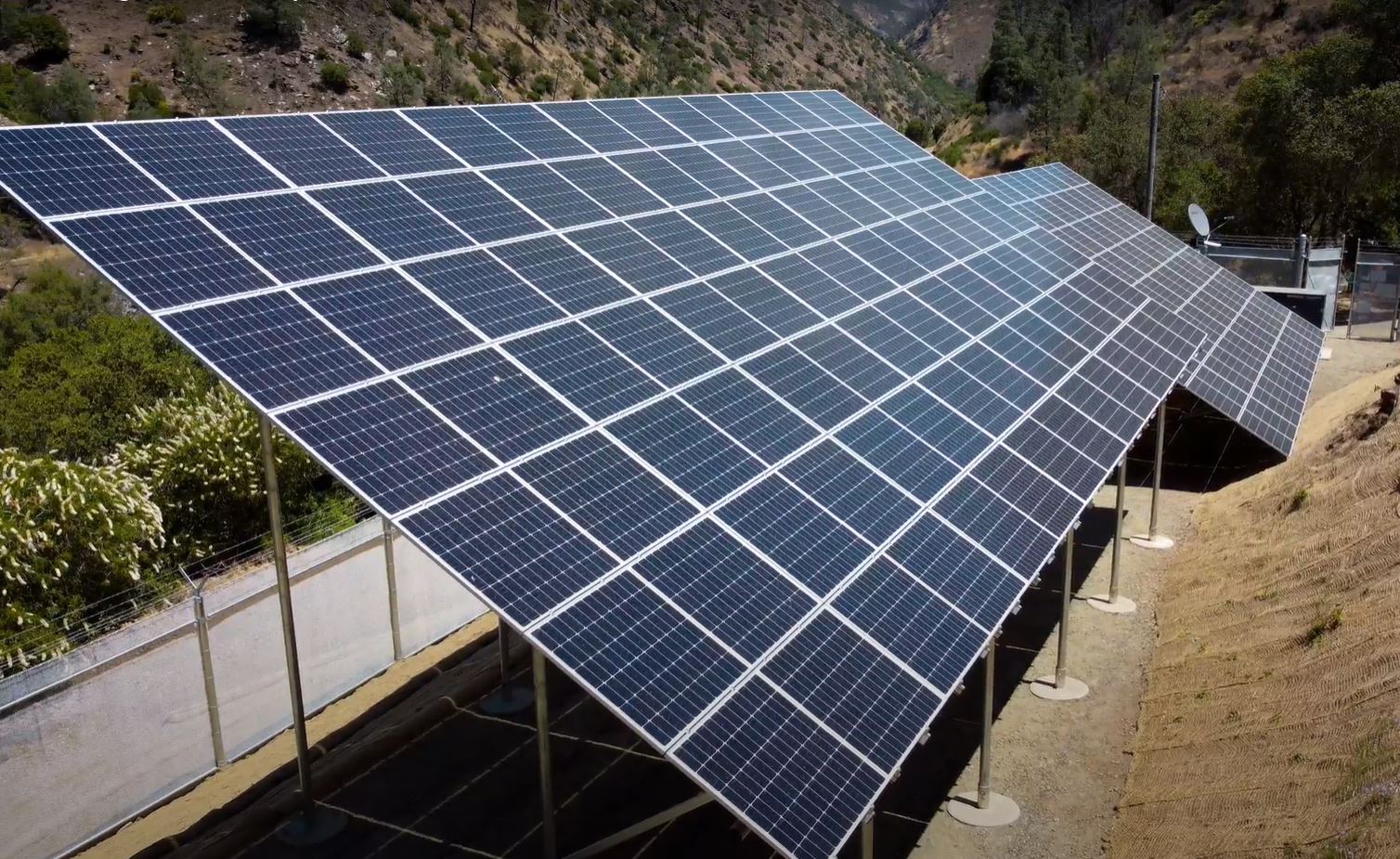By Linda Barney
Grid Forward introduced its new name and mission at an event held in Portland, Oregon on June 21, 2019. The event, called “Accelerating Grid Innovation,” kicked off with a range of perspectives on grid innovation from Larry Bekkendahl (vice president, Grid Architecture, Integration & System Operations, Portland General Electric), Ryan Fedie (engineering manager, Bonneville Power Administration), and Anne Hoskins (chief policy officer, SunRun).
Innovation is under way, with the panel agreeing that “The time has come to embrace the changes that are upon the energy industry. Utilities, private industry and regulators need to move from pilots and tests to real life energy reduction and start to scale. It is show time.”
Yet the speakers discussed very different examples of how that is happening in the market and on the grid. Bekkendahl described how PGE’s Energy Partner demand response (DR) program provides customers a way to both reduce their energy usage and lower their costs. BPA focuses on the transmission level, where it has made grid modernization its sole strategic initiative. SunRun is adding battery storage to many of its solar installations to create new grid services for the New England ISO capacity market.
Collaboration to Reduce Energy Usage
The PGE Energy Partner program is an excellent example of a DR system that pays businesses to reduce or shift some of their energy use for a few hours when demand is high—usually hot summer or cold winter days. PGE notifies participants that there is a high energy usage event and they can choose to reduce energy usage by temporarily shifting non-critical production processes, changing HVAC set points or adjusting VFDs on pumps and motors by a few hours. PGE reduces monthly energy bills based on how much energy usage is reduced and the availability to participate in events.
Bekkendahl talked about how the program worked recently during a high energy usage event. In June, the temperature in Portland was close to 100 degrees and power usage climbed to 3,800 megawatts but was then reduced by 50 megawatts once an energy event warning was triggered. Bekkendahl indicates that the communication and teamwork in triggering the warning was unique because it involved the PGE power operations team making a decision that there would be high energy usage late in the day and checking with the energy balancing authority team before triggering the event.
For more information, see the PGE Energy Partner Program video.
BPA’s Strategic Focus on Grid Modernization
BPA realizes the importance of grid innovation and modernization as the energy market changes. According to Fedie, “In the past, BPA had 14 strategic initiatives. Last year, we made grid modernization our only strategic initiative. The focus in this area has two main pillars: 1) improving our real time operations of the system and 2) improving transmission planning and the customer experience.” There is a roadmap of the tasks needed to modernize operations and what the region needs to do to prepare for the energy imbalance market (EIM). BPA recently released a public document on its views on joining the EIM along with a cost-benefit study.
BPA is considering not only how to change the physical grid itself, but the systems and processes around it to work with customers and be more flexible in how we do business. “BPA is analyzing real-time operations to get more out of them, Fedie said. “On the transmission planning side, BPA is analyzing how to advance transmission planning and how to operate the grid differently going forward. There is also a focus on the regional planning process in the Northwest and getting the Northwest RPO off the ground. Internally, we are also working with the DR team to better understand customer demand needs and how that impacts the grid. When we look at the grid, we need to keep up with the flows and how the markets are changing around it.”
Last year, we made grid modernization our only strategic initiative. – Ryan Fedie, BPA
Solar and Battery Deployments Help the Grid
Sunrun is a leading distributed solar developer and solution provider specializing in rooftop solar panels, battery storage and energy services. That puts the company at the forefront of many changes in the energy market. “Sunrun is seeing an expansion of residential solar installation to include residential solar-plus-storage. We believe that in the not too distant future, most people who buy residential solar will also be buying a battery,” said Hoskins. “Why is that? It’s because the combined solution is responding to many different customer needs. Users can generate solar energy during the day and store it, and then they can either use it themselves to better manage their energy bills, or they can dispatch it back to the grid and get compensated through net metering. In some markets, people are compensated more at certain times of the day when energy is in high demand. Customers are also able to get a federal investment tax credit when they install solar and storage together.”
This expansion is helping Sunrun to move into providing grid services. In February 2019, Sunrun bid into the New England ISO wholesale capacity market. “Sunrun was awarded a contract to combine customer systems that will provide 20 megawatts of capacity, helping to ensure the ISO will have sufficient energy in the five New England states in 2022. We are excited to see solar plus batteries providing benefits not only to our customers but to all electricity customers in the New England region. By providing this distributed and clean source of capacity, Sunrun is bringing down the cost of capacity and supporting a more reliable and resilient grid” according to Hoskins.
The combined solution is responding to many different customer needs – Anne Hoskins, Sunrun
—
Linda Barney is the founder and owner of Barney and Associates, a technical/marketing writing, training and web design firm in Beaverton, OR.



